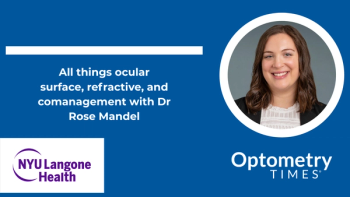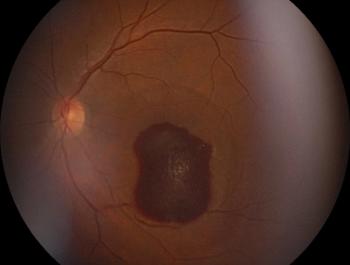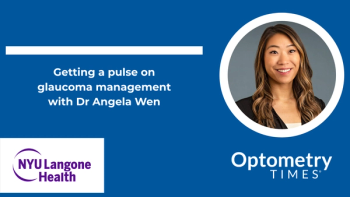
AOA 2024: Supercharged comanagement
Tracy Lynn Schroeder Swartz, OD, MS, FAAO, overview the 3 questions to ask before referring a patient for refractive surgery.
In order to streamline referral efficiency for patients who may ask for or be good candidates for refractive surgery, Tracy Lynn Schroeder Swartz, OD, MS, FAAO, gives tips for optometrists in her talk "Supercharged Comanagement." She gave her talk at this year's AOA's Optometry's Meeting in Nashville, Tennessee.
Video transcript
Editor's note: This transcript has been lightly edited for clarity.
Tracy Lynn Schroeder Swartz, OD, MS, FAAO:
Hi, I'm Tracy Lynn Schroeder Swartz. I work in a referral center in Huntsville, Alabama, and at the Congress this year I am lecturing on "Supercharged Comanagement." We are suffering a shortage of ophthalmologists, which is resulting in considerable wait times for our patients who we refer for surgery. In my hometown, patients often have to wait 3 to 4 months between the time that I referred them to the time that they actually have cataract surgery. Optometrists need to be aware of what the patient's status is prior to that referral for surgery. Now, whether that referral is for visual elective surgery like LASIK or SMILE, or cross-linking, or Phaco, or maybe phaco with MIGS, it's important to look at the patient's overall ocular health and determine if the patient is actually ready for surgery.
So I suggest using a really easy algorithm. The first question is, "Does this patient have ocular surface disease?" The second question is, "Does this patient have a normal cornea?" And then the third question is "Does this patient have cataracts?" Your patients aren't really going to be able to have any surgery if the ocular surface disease is significant or uncontrolled. We need to fix that prior to even talking about surgery with them because, for example, if you have a patient with severe keratitis and they want LASIK because they can't wear their contact lenses, it's an understandable desire for the patient. But from our standpoint, they can't really do LASIK if we can't control their ocular surface disease. So it's important to look at their keratitis, their lids, make sure that everything is as under control as you can get it before we proceed with that referral.
The second thing to consider is, does this patient have a normal cornea? Sometimes the patients will suffer from [epithelial basement membrane dystrophy, or] EBMD or maybe a pterygium that can directly impact the refractive error. And again, we can't address the refractive error; it's the cornea is the reason the refractive error is a problem. So we need to determine if the cornea needs to be corrected. For example, maybe a [phototherapeutic keratectomy, or] PTK or visually significant basement membrane dystrophy, or maybe a pterygium removal, or cross-linking for a progressive keratoconus prior to really discussing the surgery that the patient came to you about.
The last question is if the patient has cataracts. If the patient has cataracts, or maybe early cataracts, which we now call dysfunctional lens syndrome, that is also going to determine what type of surgery the patient would benefit the most from. If the patient has cataracts or don't really want to do LASIK or SMILE and if the patient has got glaucoma with cataracts, they may want to discuss MIGS with Phaco. So if you answer those 3 questions: Do they have ocular surface disease? Is a corneal normal? Do they have cataracts? Then you're going to be ready to refer that patient. It's important to remember that if you send a patient to a surgeon, and the surgeon says, "They're not ready, they need their ocular surface disease treated," you've actually just canceled someone else's cataract surgery because now your patient is going to have to go back and will have had 2 consultations for surgery instead of just one. So someone literally didn't have cataract surgery because you didn't treat their ocular surface disease and we don't want to make that mistake.
Newsletter
Want more insights like this? Subscribe to Optometry Times and get clinical pearls and practice tips delivered straight to your inbox.



















































.png)


